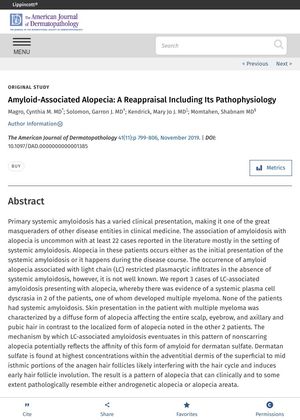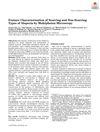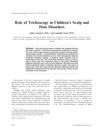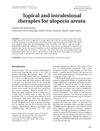Amyloid-Associated Alopecia: A Reappraisal Including Its Pathophysiology
March 2019
in “
The American Journal of Dermatopathology
”
amyloid-associated alopecia light chain-associated amyloidosis alopecia systemic plasma cell dyscrasia multiple myeloma nonscarring alopecia dermatan sulfate adventitial dermis anagen hair follicles hair cycle hair follicle involution androgenetic alopecia alopecia areata amyloidosis plasma cell disorder hair loss hair thinning hair shedding

TLDR Amyloid deposits linked to a type of protein may cause a unique pattern of hair loss by disrupting hair growth cycles.
The study "Amyloid-Associated Alopecia: A Reappraisal Including Its Pathophysiology" by Magro et al., conducted in 2019, reported on 3 cases of light chain (LC)-associated amyloidosis presenting with alopecia, a condition that is not well known. Two of these patients showed evidence of a systemic plasma cell dyscrasia, and one developed multiple myeloma. None of the patients had systemic amyloidosis. The study suggested that the mechanism by which LC-associated amyloidosis results in this pattern of nonscarring alopecia potentially reflects the affinity of this form of amyloid for dermatan sulfate, which is found at highest concentrations within the adventitial dermis of the superficial to mid isthmic portions of the anagen hair follicles. This likely interferes with the hair cycle and induces early hair follicle involution, resulting in a pattern of alopecia that can clinically and to some extent pathologically resemble either androgenetic alopecia or alopecia areata.




